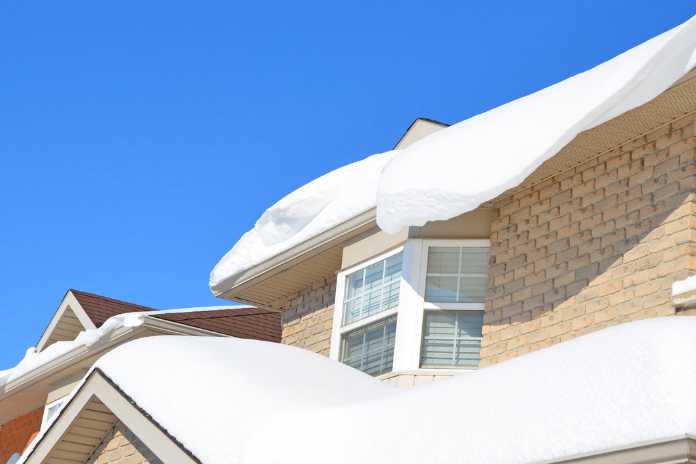Snow has a significant impact on a roof’s load-carrying capacity. A foot of powdery, light snow weighs much less than a similar amount of wet, dense snow.
Regular inspections and proactive structural safety measures are crucial in regions with significant snowfall. It requires considering local snow load guidelines, roof pitch, and design/materials.
The Factors
Many factors will impact roof strength in shoveling roofs. The amount of snowfall will play a significant role. The more snow that accumulates, the heavier the load.
It’s also important to consider the dead weight of the structure itself. It includes all the lumber, logs, fasteners, shingles, and other cabin components.
Then, the live loads will be placed on the building for short periods, like people walking on the roof or furniture set in a loft. The uplift loads caused by winds must also be considered in a load calculation.
Once this information is gathered, a simple calculator can calculate the snow load.
The Method
A lot of calculations go into figuring out roof strength and snow load. That is why inspecting buildings regularly and paying attention to structural changes over time is essential.
The first step in determining snow load is to measure the rise and run of the roof. It can be done using a superficial level. Place one end of the level at the bottom of the roof and then suspend the other end in the air. It will create an “L” shape away from the ceiling; the distance between the ends of the level is the roof’s vertical run.
From there, you’ll need to know the ground snow load for your area, the roof’s length and width, and the roof’s pitch (in degrees of inclination). This information can be entered into an online snow load calculator. It also considers whether a rain-on-snow surcharge load is needed. It calculates balanced and unbalanced snow loads for sloped and flat roofs using national structural engineering codes formulas.
The Results
Snow load is the additional weight that snow brings to a structure. It’s a key factor when considering structural stability and safety.
The snow on a roof directly correlates to how much the structure will weigh. To calculate the snow volume, measure the width and depth of the snow and multiply them together. It will give you the total amount of snow on your structure.
Then, use this information to compare with the seismic weight calculated. The differences could be dramatic depending on ground snow loads, surface roughness, roof exposure, and thermal conditions. For example, a cold roof snow load will increase the basic assumption (Pg) by adding the importance factor Ce, which considers building heat loss. It translates into a higher specified snow load.
The Conclusions
Snow load is essential to consider if you live in an area with significant snowfall. While most residential roofs are designed to support a certain amount of weight, the exact number depends on many factors, including roof construction and material and national structural engineering standards.
It is particularly true for roofs that are sloped, like gable roofs. Load limits are usually determined assuming that the weight is evenly distributed over the entire surface of a flat roof. But this is only sometimes the case.
Other factors that must be considered when calculating roof strength include uplift loads, which can cause parts of the roof to become unstable due to their incline, and differential snow loads, where some areas have more snow than others.
While it’s good to have plans for how your building will be used in the future, it’s equally important to have a solid understanding of your roof’s capacity and strength so that you don’t exceed its limits.

















